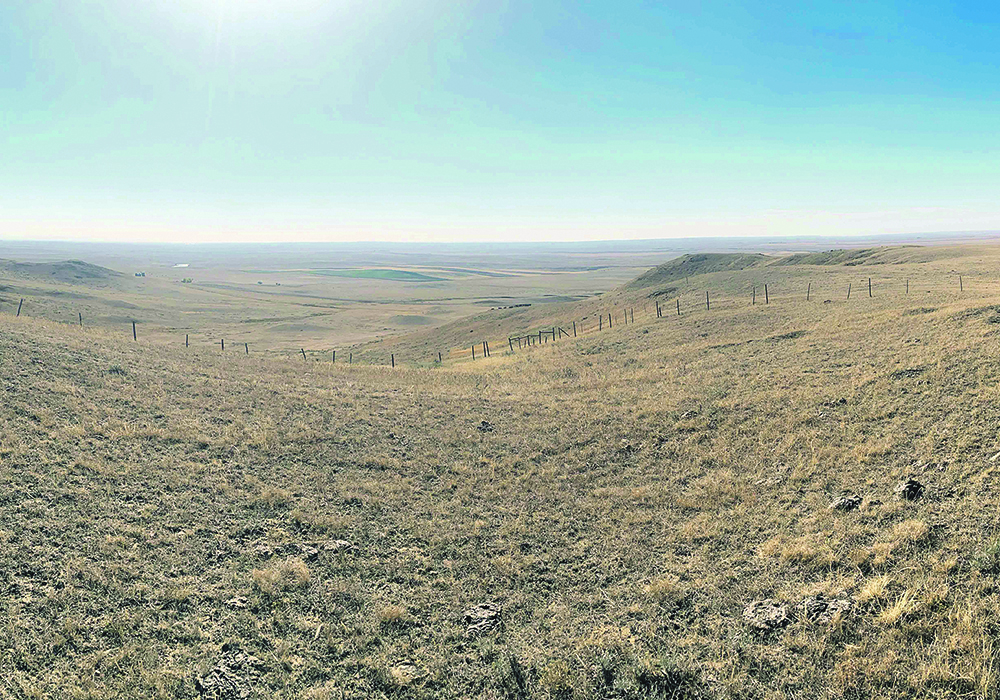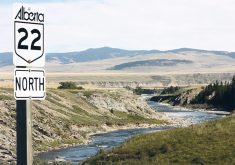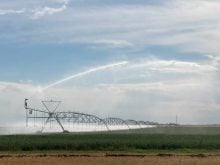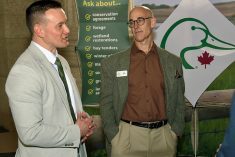Nature Conservancy of Canada works with rancher to ensure that 1,300 acre property will be protected
Southwestern Saskatchewan has had another large piece of grassland protected by the Nature Conservancy of Canada.
The Rangeview conservation project is in the Milk River drainage area south of Robsart, about 70 kilometres south of Maple Creek and six km west of the boundary with the Old Man On His Back Prairie and Heritage Conservation Area.
The 1,300-acre property has several seasonal creeks and wetlands. About 75 percent is native grassland, which provides habitat for many plant and animal species, the NCC reported.
Several species are considered threatened under Canada’s Species at Risk Act, including the chestnut-collared longspur, common nighthawk, ferruginous hawk, Sprague’s pipit and swift fox.
Read Also

Internet of Things tapped for better emissions insights
Interconnected field sensor fleet allows better soil monitoring coverage and, hopefully, live insights on farm greenhouse gas emissions and nitrogen fertilizer application for farms.
Michael Burak, program director for southwestern Saskatchewan, said the property was owned by a rancher who wanted to scale back his operation and semi-retire. However, he was concerned about potential mismanagement under a new owner.
“We initiated some conversations and we had a look at the land. It’s actually right along Highway 18 if you follow it past Old Man On His Back, so it’s very easy to access it and to see it. So, we were kind of familiar with it right from the get-go there,” said Burak.
Private donors, including the estates of William Gibbs and Margaret Smith, were matched with funding from the federal government’s Natural Heritage Conservation Program.
The project was also supported by funds from the MapleCross Fund, Mosaic, TC Energy, U.S. Fish and Wildlife Service and Walmart Canada.
Burak said the previous owner uses the land for late fall and winter grazing and will continue to do so. Eventually, the land will be made available for use by neighbours through a tender or application process.
“It gives, at least on a smaller scale, some opportunity for local producers to be able to add additional grazing lands to their own operations without having to actually go out and purchase them or lease them from larger areas, like from the crown or things like that,” he said.
“One way or the other, it will have cattle on it grazing for part of the year.”
This summer, NCC assessed the property’s grass and wetlands health, took inventory of resident species and examined fence lines and infrastructure. It plans to develop a property management plan to guide management for about the next five years.
“Then we’ll kind of start management from there,” Burak said.
















